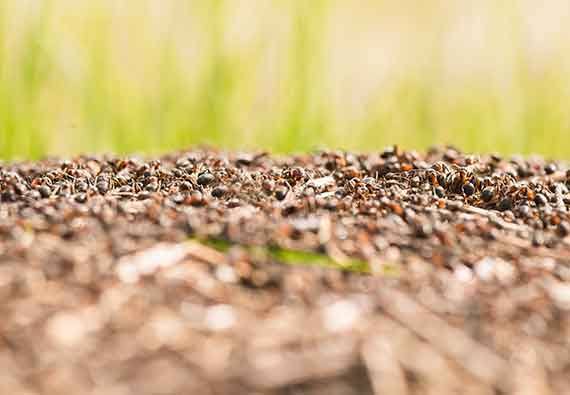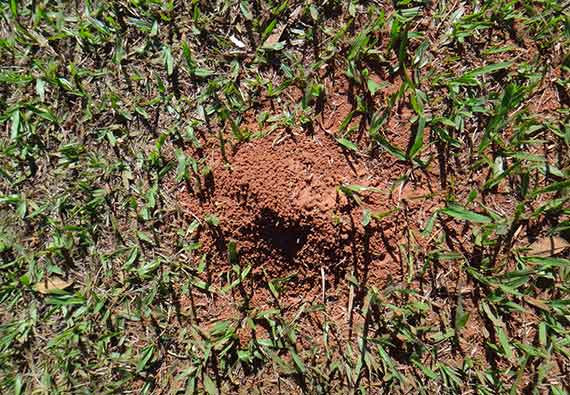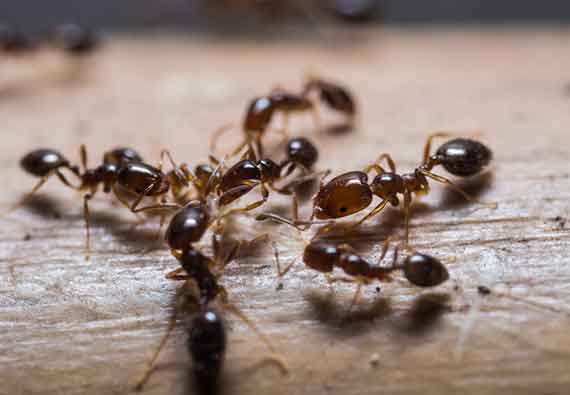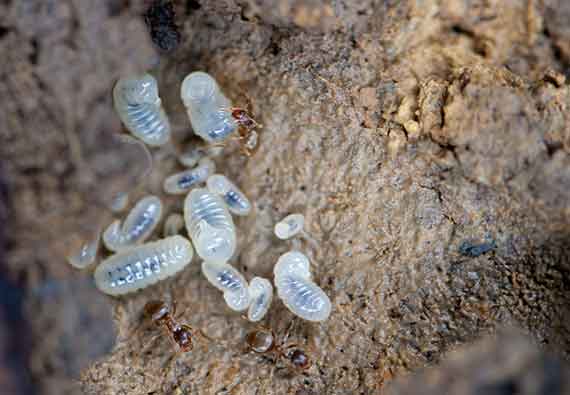Like many other insects, an army ant has a head, thorax and abdomen. The head has a mouth, eyes and antennae. The mouth has two scissorlike jaws called mandibles. Nevertheless, they can only swallow liquids because the solids form a ball that they must spit out. Unlike other ants, army ants do not have compound eyes, but instead have single eyes (but they are still blind). Army ants use their antennae to sense smell and touch.
This is how they know which colony and nest they belong to. They use their antennae to communicate as well. The thorax is connected to the head by joints called nodes. The thorax is between the head and abdomen. It is connected to the abdomen by a narrow waist called the petiole. The abdomen is in the shape of an oval. That is where the stomach, large intestine, sting, etc. are located.





